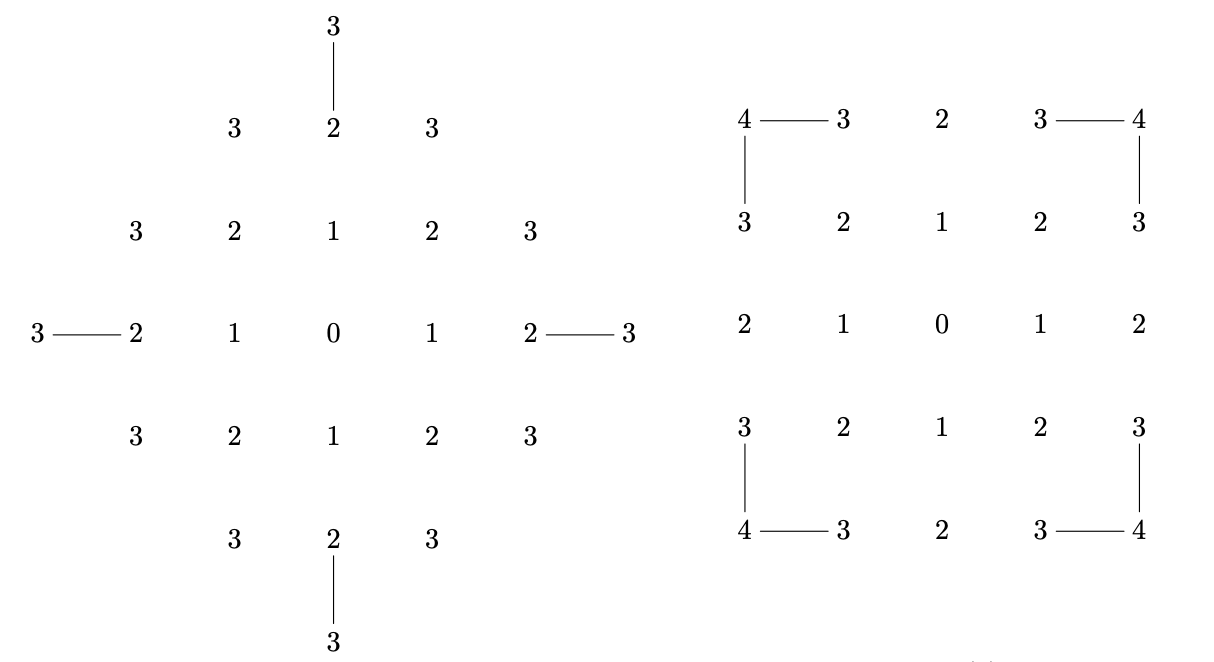The first thing to say is that this is not the same as the question about interesting mathematical mistakes. I am interested about the type of false beliefs that many intelligent people have while they are learning mathematics, but quickly abandon when their mistake is pointed out -- and also in why they have these beliefs. So in a sense I am interested in commonplace mathematical mistakes.
Let me give a couple of examples to show the kind of thing I mean. When teaching complex analysis, I often come across people who do not realize that they have four incompatible beliefs in their heads simultaneously. These are
(i) a bounded entire function is constant;
(ii) $\sin z$ is a bounded function;
(iii) $\sin z$ is defined and analytic everywhere on $\mathbb{C}$;
(iv) $\sin z$ is not a constant function.
Obviously, it is (ii) that is false. I think probably many people visualize the extension of $\sin z$ to the complex plane as a doubly periodic function, until someone points out that that is complete nonsense.
A second example is the statement that an open dense subset $U$ of $\mathbb{R}$ must be the whole of $\mathbb{R}$. The "proof" of this statement is that every point $x$ is arbitrarily close to a point $u$ in $U$, so when you put a small neighbourhood about $u$ it must contain $x$.
Since I'm asking for a good list of examples, and since it's more like a psychological question than a mathematical one, I think I'd better make it community wiki. The properties I'd most like from examples are that they are from reasonably advanced mathematics (so I'm less interested in very elementary false statements like $(x+y)^2=x^2+y^2$, even if they are widely believed) and that the reasons they are found plausible are quite varied.

